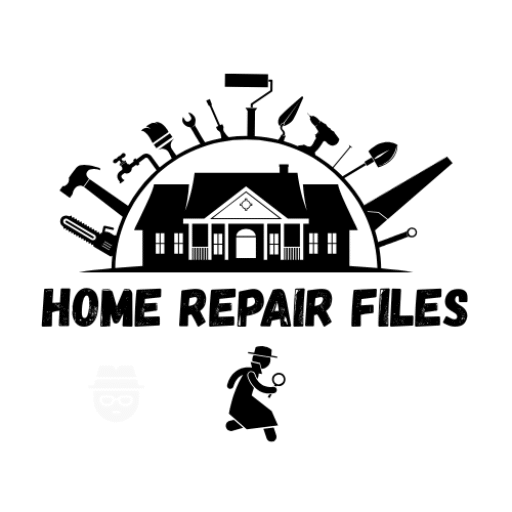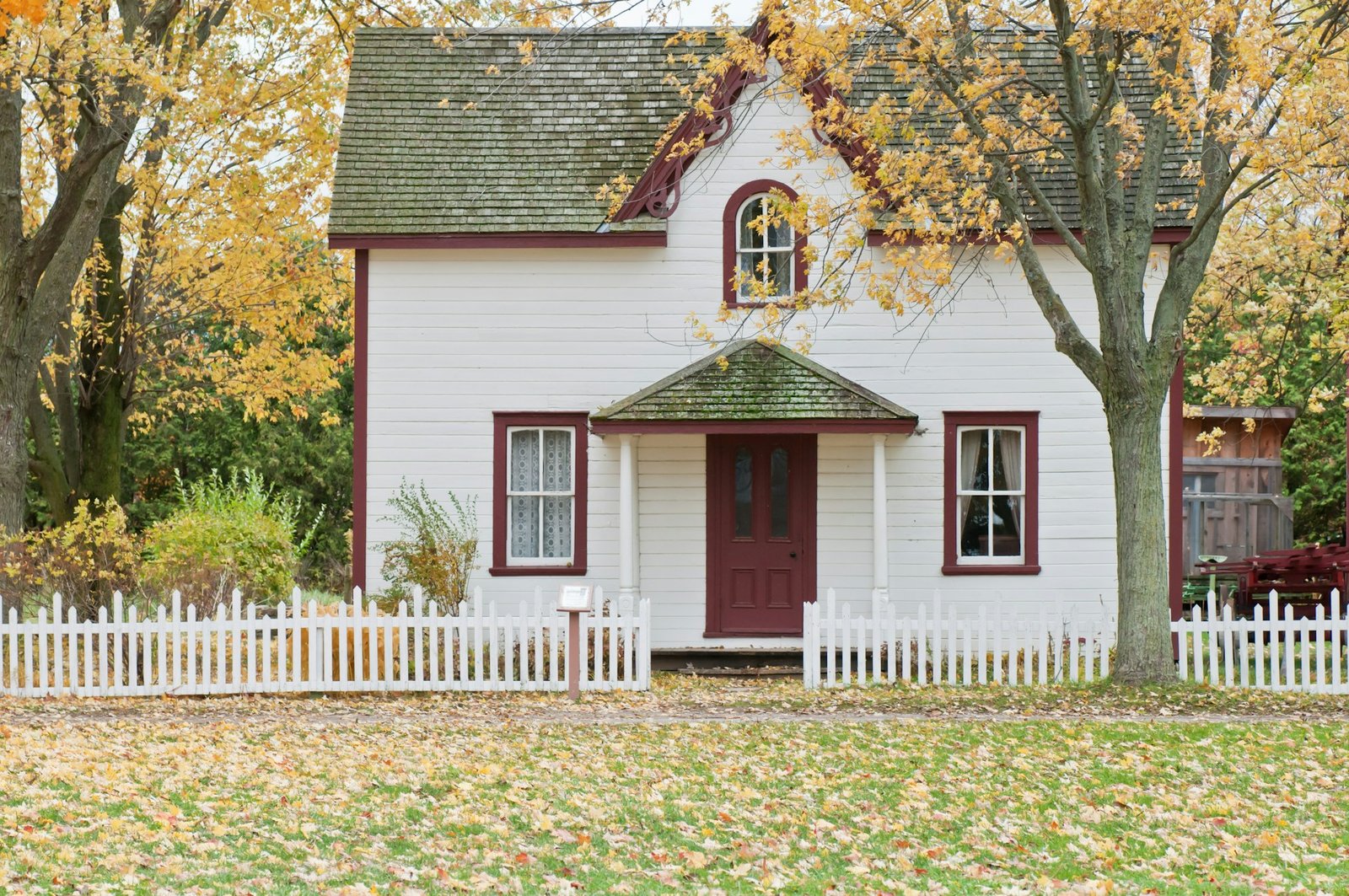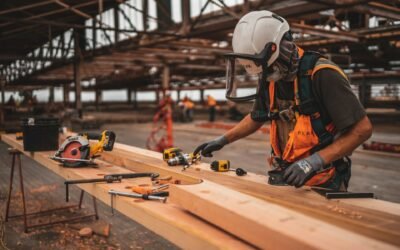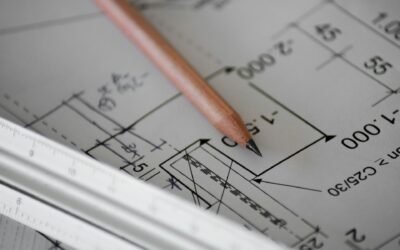If you own a home, understanding your foundation—and how to measure movement over time—can save you thousands and help you push back on scare-tactic sales. To empower you, we’ve curated a list of three highly rated, homeowner-friendly books and a selection of tools they (and inspectors) use.
Recommended Reads
1) Foundation Repair Secrets — R.K. “Bob” Brown (2023)
Straight talk from a longtime foundation diagnostics pro: why foundations move, how to investigate properly, and how to avoid unnecessary repairs. Get the Print or Get the Kindle Version
2) Inspecting a House (For Pros by Pros) — Rex Cauldwell
Clear, photo-rich chapters on structure and foundations with simple, repeatable measuring methods. Get the Print
3) Foundations & Concrete Work (For Pros by Pros) — Editors of Fine Homebuilding
A visual deep dive into foundation types, drainage, and what “done right” looks like—great context before you measure or hire. Get the Print
The Starter Toolkit (Homeowner-friendly picks)
Pick one from each line to start logging real, trendable data:
- 24″ Digital Level (maps floor slope)
- Bosch GIM 60 24″ Digital Level — Get it Now
- SKIL LV941901 24″ Digital Level — Get it Now
- Self-leveling Cross-Line Laser (whole-room references)
- Bosch GLL50-20 (red) — Get it Now
- DEWALT DW088K (red, jobsite-tough) — Get it Now
- (Tip: green lasers are easier to see in bright rooms; Bosch also offers a green-beam variant, Get it Now.)
- Crack Monitors (“tell-tales” to track movement precisely)
- Avongard Standard Tell-Tale — Get it Now
- Avongard Plus Tell-Tale — Get it Now
- Pinless Moisture Meter (find damp walls/slabs)
- Klein Tools ET140 — Get it Now
Quick Guide: How (and How Often) to Measure
- Make a simple floor map. Mark 8–12 repeatable points per room (corners, mid-spans, center).
- Record floor slope at each point with your digital level in degrees or percent; rotate 90° and note the second reading. Re-use the same points next time. (Both Foundation Repair Secrets and Inspecting a House outline this approach.)
- Log cracks (width/length) and photograph them with a ruler; add a tell-tale on any unsure so you can verify change, not guess.
- Scan for moisture at suspect corners, below windows, near downspouts, and along slab edges using a pinless moisture meter.
By conducting homeowner self-checks twice yearly (spring/fall) after severe rain/drought or quakes, you can stay proactive and in control. Keep everything in a simple spreadsheet so trends (stable vs. worsening) are evident.
Call an engineer ASAP if you see: new or rapidly growing cracks, doors/windows that suddenly bind, >1″ over 10 ft floor change, bulging walls, or active water intrusion.
Which Book Should You Start With?
- “I want a straight-talk roadmap before I call anyone.” → Foundation Repair Secrets. Get the Print or Get the Kindle Version
- “I want a whole-house inspection playbook with foundation chapters.” → Inspecting a House. Get the Print
- “I’m visual—I need to see what correct work looks like.” → Foundations & Concrete Work. Get the Print
Copy-paste checklist for your spreadsheet
- Date / Room / Point ID
- Level Reading (deg or %) — pass #1 / #2 (rotated 90°)
- Crack ID — width (mm or in), length, notes
- Moisture Reading — location, reading %, note (dry/damp/wet)
- Photos (file names)
Affiliate disclosure: This post contains Amazon affiliate links. If you buy through them, I may earn a small commission at no extra cost. This is educational content, not engineering or legal advice.




